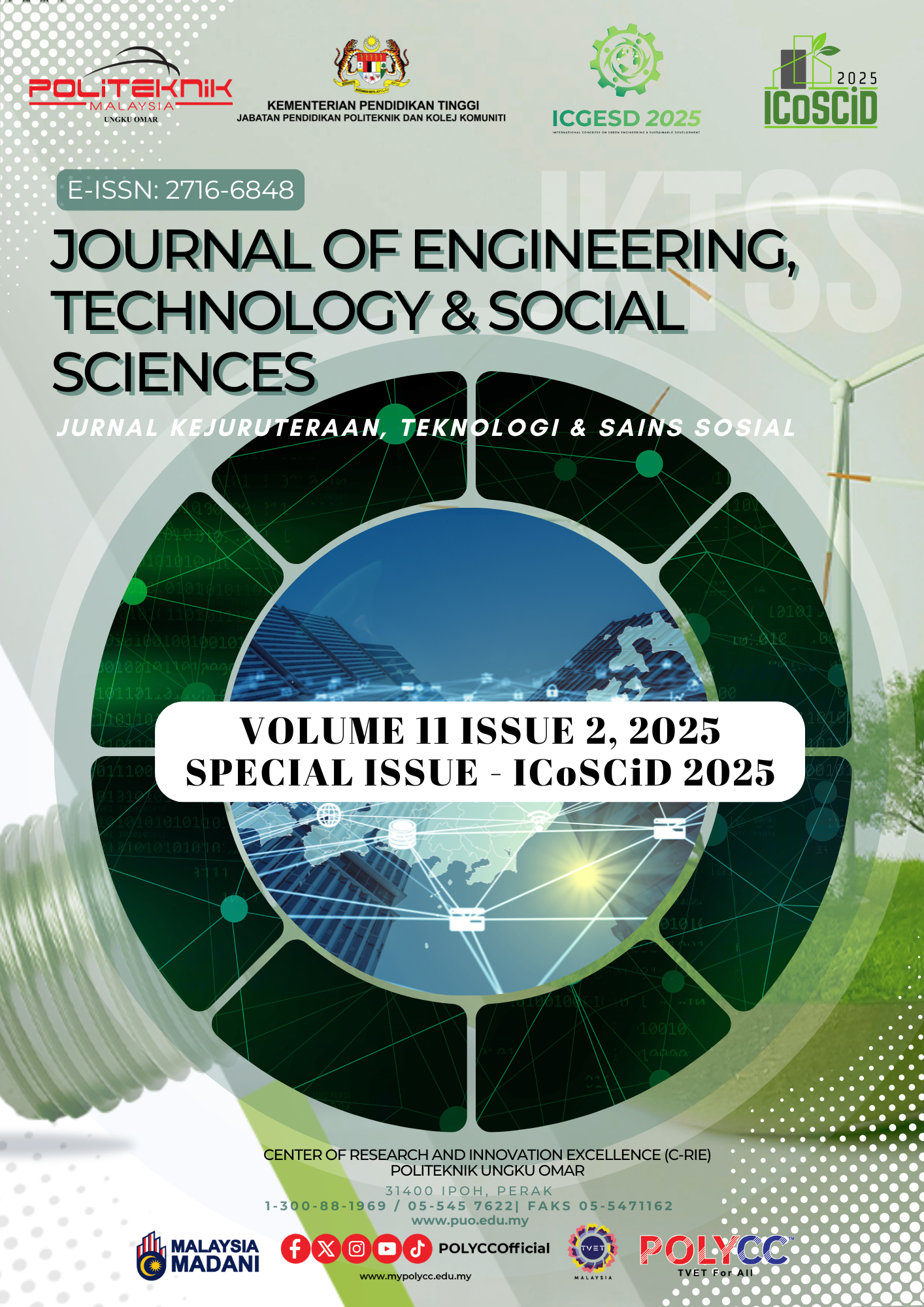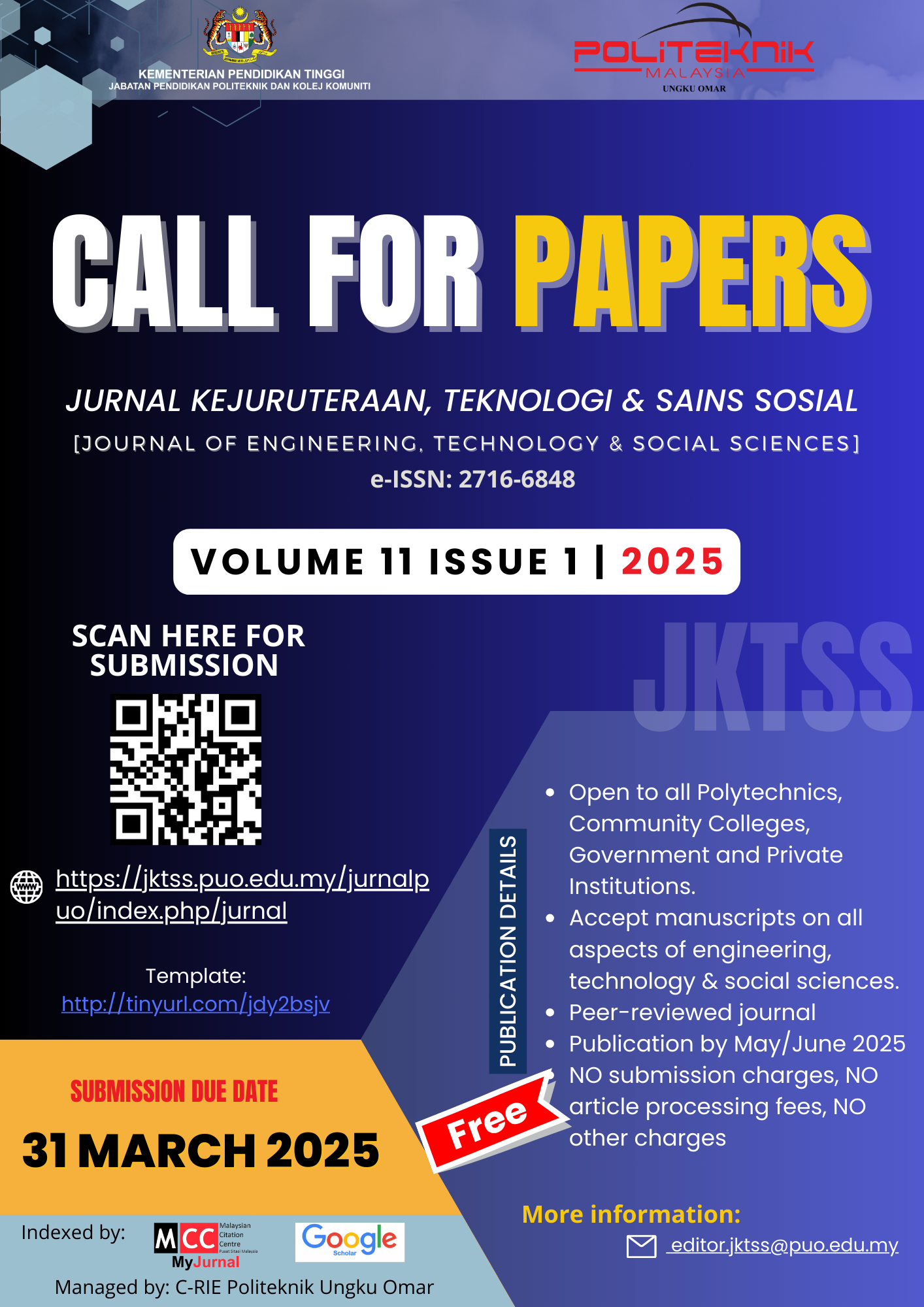COMPARISON OF LST, NDVI, AND LULC BETWEEN YEAR 2014 AND 2024 IN RELATION TO FOREST FIRE OCCURRENCE IN PERLIS
Keywords:
land surface temperature (LST); forest fires; fire hazard; risk factorAbstract
Forest fires represent major hazards to ecosystems, biodiversity, and human communities. Several devastating forest fires have been recorded in Malaysia by the Fire and Rescue Department (FRD) due to human activity, drier conditions, and higher temperatures. From 2012 to 2024, 55% of wildfire incidents involving agricultural fields, woodlands, as well as shrub lands occurred in March, as confirmed by the Perlis State FRD. This study investigates the relationship between Land Surface Temperature (LST), Normalized Difference Vegetation Index (NDVI), and Land Use Land Cover (LULC) with forest fire occurrence in Perlis. Using remote sensing and Geographic Information Systems (GIS), we investigate how these factors interact to affect fire susceptibility. Satellite imagery used to extract the remote sensing indices, including LST, NDVI, and LULC, and the statistical data regarding the frequency and location of forest fire occurrences were obtained from Perlis State FRD. The correlation graph between each index with forest fire occurrence was obtained using ArcMap. The findings show that the number of forest fire incidents had doubled within 10 years and LST has positive relationship with forest fires, while NDVI is inversely related. These findings help to implement preventive strategies to mitigate the risks and effects of forest fires.










